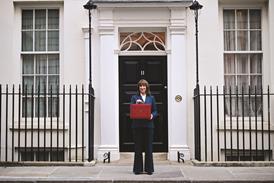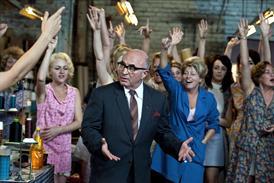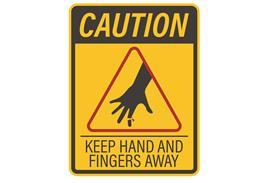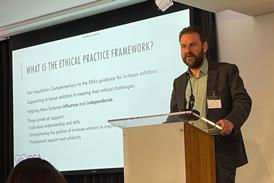The 1965 Race Relations Act was a beginning. A modest and imperfect start to a journey that is still unfinished.
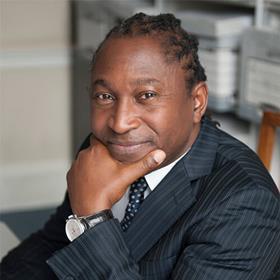
For the first time in British legal history, it became unlawful to discriminate on the grounds of colour, race, or ethnic or national origins, but only in public places. It created a new offence of incitement to racial hatred and established the Race Relations Board to handle complaints. It did not apply to housing, employment, policing or education. In truth, it was more symbolic than enforceable, but it laid a legal and political foundation that could not be ignored.
To understand the need for the Act, you have to understand the Britain of that time. This was a country still struggling with its colonial legacy. For centuries, Britain had prospered off the labour, land and resources of its colonies. Now, in the wake of a devastating world war, British subjects from the Caribbean, Africa, and South Asia were exercising their right to come to what many saw as the mother country. They had been invited to help rebuild. This was the Windrush generation. They came as nurses, railway workers, engineers, cleaners and builders. They came to contribute. And instead of thanks, they were met with hostility.
The difficulties that followed were not caused by the newcomers. They were caused by a society unwilling to accept that it could no longer hold on to ideas of white superiority and racial hierarchy. Many white Britons viewed the arrival of Black and Brown people not as a return home, but as an invasion. There were calls for repatriation. There were street attacks. There were signs in windows telling people they were not welcome. Racism was not a fringe issue. It was the national conversation. That is why the Act had to come in. Despite fierce resistance from across the political spectrum, the government recognised that something had to change.
The context is key. This was a Britain where you could walk past a shop or a bedsit and see a sign in the window: No Blacks, No Dogs, No Irish. That level of overt exclusion was tolerated. It inflicted deep and lasting harm. Generations of Black and Brown people lived with the humiliation of being openly rejected, degraded, and excluded from daily life. This was not subtle. It was visible, legally permissible, and emotionally scarring.
And despite the modest scope of the 1965 Act, racism in Britain was everywhere. It was mainstream. It was embedded in institutions and openly celebrated in popular culture. Blackface, racist tropes, and xenophobic caricatures were part of nightly entertainment. Television shows like Love Thy Neighbour, Till Death Us Do Part and Mind Your Language turned racism into comedy. Comedians like Jim Davidson and Bernard Manning built entire careers on bigotry. The Comedians, a primetime programme, platformed stand-ups whose material would now rightly be recognised as hateful and degrading. The pain of that era was not just personal. It was national. And it was normalised.
What followed shows just how fragile that early progress was. In 1968, just three years after the Act, Enoch Powell gave his infamous Rivers of Blood speech. It was a reactionary response to the very idea of racial equality. Powell was speaking to a fear that the country was changing too fast, that non white immigration was a threat. His words gave cover and legitimacy to racism in everyday life. The fact that the speech was met with both horror and applause shows how divided the country still was. In many ways, it still is.
We have come far since then. Britain today is almost unrecognisable from the Britain of 1965. There is greater legal protection, greater representation, and greater awareness of systemic racism. But that does not mean the job is done.
You still see the same patterns of fear mongering and scapegoating. Migrants in small boats are blamed for everything from housing shortages to NHS waiting times. Asylum seekers are demonised. The language is chillingly familiar. Words like 'invasion', 'swarms', and 'broken Britain' are not neutral. They are political tools used to deflect blame and sow division.
We have had ministers stand at party conferences and declare that multiculturalism has failed. We have had legislation like the Illegal Migration Act, designed to deny basic rights and protections to desperate people. We have seen the courts forced to intervene to stop unlawful deportations to Rwanda. And throughout it all, the old rhetoric persists. The same coded message that 'they' are the problem and 'we' need to take our country back.
Every piece of legislation since the 1968 and 1976 Acts, the 2000 amendment, and the Equality Act 2010 has had to fill in the gaps the 1965 Act left behind. Each step forward has been necessary. None of it has been easy.
We still have a long way to go. Senior levels of the profession still do not reflect the diversity of the society we serve. Discrimination persists. Sometimes it is overt. More often it is structural or implicit. But if we forget where it all started, or why the 1965 Act was necessary in the first place, we risk repeating the same mistakes. Progress is not guaranteed. It has to be defended.
Professor Leslie Thomas KC is visiting professor of Law at Goldsmiths and former professor of Law at Gresham College.

